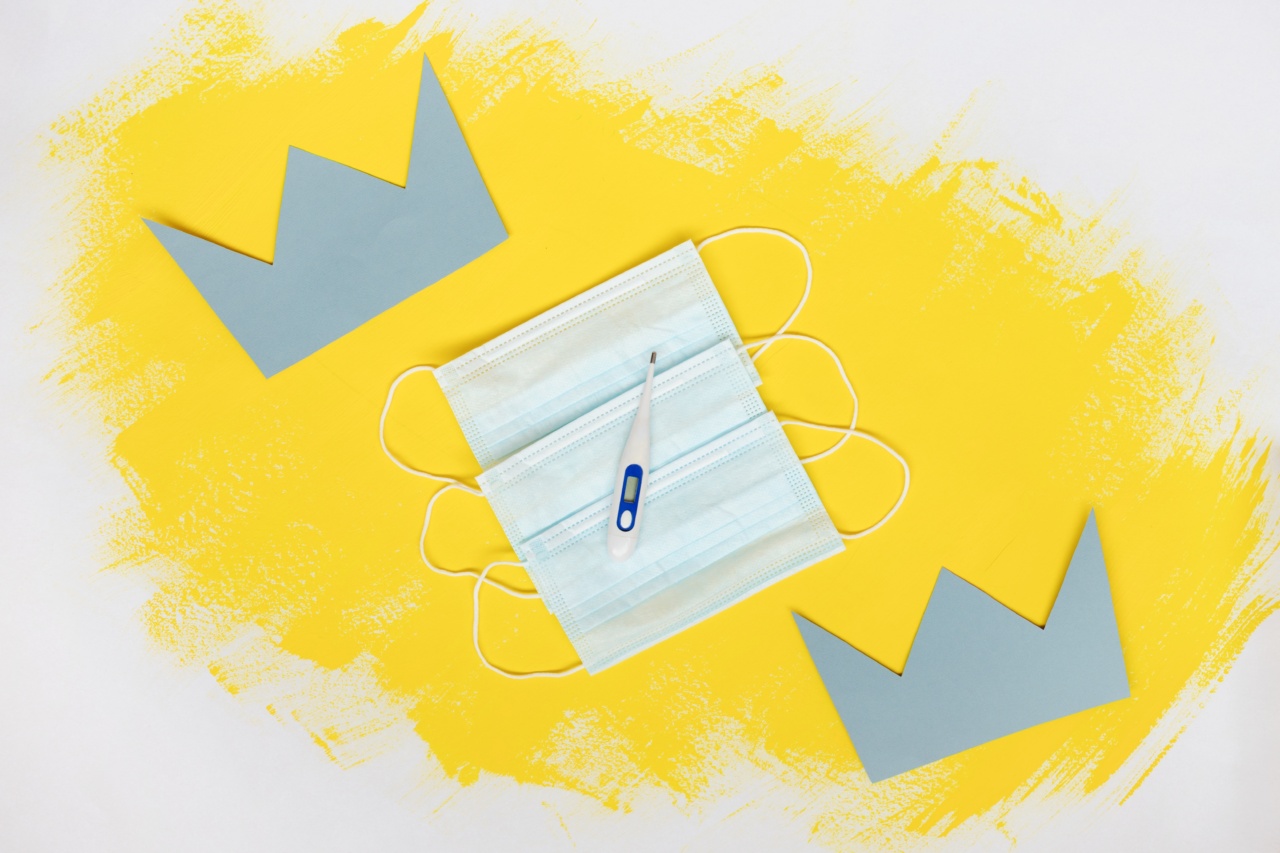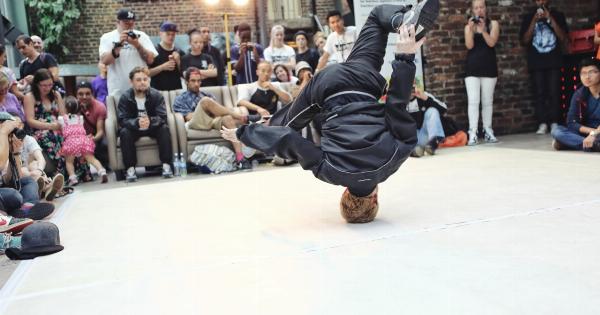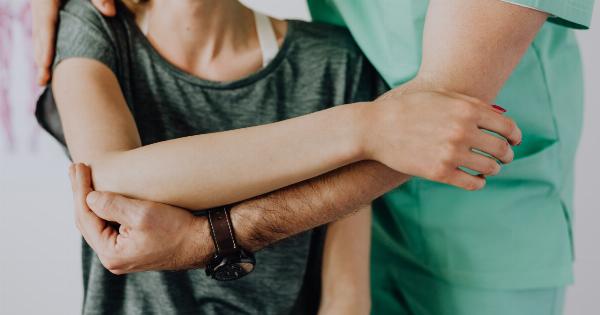Passive smoking, also known as secondhand smoke or environmental tobacco smoke, refers to the inhalation of smoke emitted from cigarettes, cigars, or pipes by individuals in close proximity to smokers.
While the adverse health effects of active smoking have long been established, it is now well recognized that passive smoking also poses significant risks, particularly for children. This article discusses the detrimental effects of passive smoking on children’s respiratory health and the associated long-term risks of developing respiratory diseases.
1. The Prevalence of Passive Smoking in Children
Passive smoking is alarmingly prevalent among children, with estimates suggesting that over 40% of children worldwide are exposed to secondhand smoke on a regular basis.
This exposure occurs primarily in homes, but also in cars, public places, and other social settings. Children are particularly susceptible to the harmful effects of secondhand smoke due to their still-developing respiratory systems and higher breathing rates relative to adults.
2. Immediate Respiratory Effects
Exposure to passive smoking can lead to immediate respiratory symptoms in children, such as coughing, wheezing, and shortness of breath.
These symptoms are indicative of airway irritation and inflammation caused by the various toxins present in secondhand smoke, including nicotine, carbon monoxide, and carcinogens. Children with pre-existing respiratory conditions, such as asthma, are especially vulnerable to exacerbations triggered by passive smoking.
3. Long-Term Respiratory Disease Risk
Passive smoking during childhood has been linked to an increased risk of developing respiratory diseases later in life.
Several studies have demonstrated a clear association between childhood exposure to secondhand smoke and the development of conditions such as asthma, bronchitis, pneumonia, and reduced lung function. The adverse effects of passive smoking may persist into adulthood, potentially leading to chronic respiratory illnesses.
4. Mechanisms of Harm
The mechanisms underlying the detrimental effects of passive smoking on children’s respiratory health are multifaceted.
The toxic components of secondhand smoke can directly damage the airway epithelium, impair ciliary function, and disrupt the clearance of mucus and foreign particles, making the airways more susceptible to infections and inflammation. Additionally, secondhand smoke can alter immune responses, weaken respiratory defenses, and promote airway remodeling, all of which contribute to the development of respiratory diseases.
5. Secondhand Smoke and Developmental Effects
Passive smoking can also have long-lasting developmental effects on the respiratory system in children. Studies have indicated that exposure to secondhand smoke may lead to delayed lung growth, impaired lung function, and abnormal lung structure.
These effects not only increase the risk of respiratory diseases but can also have lifelong implications for lung health.
6. Importance of Smoke-Free Environments
Creating smoke-free environments is crucial for protecting children from the harmful effects of passive smoking.
Implementing and enforcing smoke-free policies in public places, homes, and cars can significantly reduce children’s exposure to secondhand smoke. Raising awareness about the dangers of passive smoking and providing smoking cessation support for parents and caregivers are essential steps in safeguarding children’s respiratory health.
7. Legislative Measures and Advocacy
Legislation plays a vital role in reducing children’s exposure to passive smoking. Many countries have implemented laws restricting smoking in public areas, including parks, restaurants, and schools.
Advocacy efforts by healthcare professionals, policymakers, and non-governmental organizations are necessary to further advance smoke-free initiatives and protect children from the hazards of passive smoking.
8. Parental Education and Support
Empowering parents and caregivers with accurate information about the dangers of secondhand smoke is essential. Educational campaigns can highlight the risks of passive smoking and provide resources for smoking cessation programs.
By equipping parents with the tools and knowledge needed to create smoke-free environments, the health outcomes for children can be significantly improved.
9. The Role of Healthcare Professionals
Healthcare professionals have a crucial role in advocating for smoke-free environments and providing support to families.
By routinely screening for secondhand smoke exposure and offering appropriate counseling, healthcare providers can help reduce children’s susceptibility to respiratory diseases linked to passive smoking. They can also emphasize the importance of smoking cessation for parents and caregivers, reinforcing the benefits of quitting for the entire family’s health.
10. Conclusion
Passive smoking poses a significant risk to children’s respiratory health, both in the short and long term.
The detrimental effects of secondhand smoke on children’s developing respiratory systems can lead to an increased risk of respiratory diseases, reduced lung function, and lifelong complications. Creating smoke-free environments, implementing legislation, and providing education and support are essential steps towards minimizing children’s exposure to passive smoking and safeguarding their respiratory health.






























